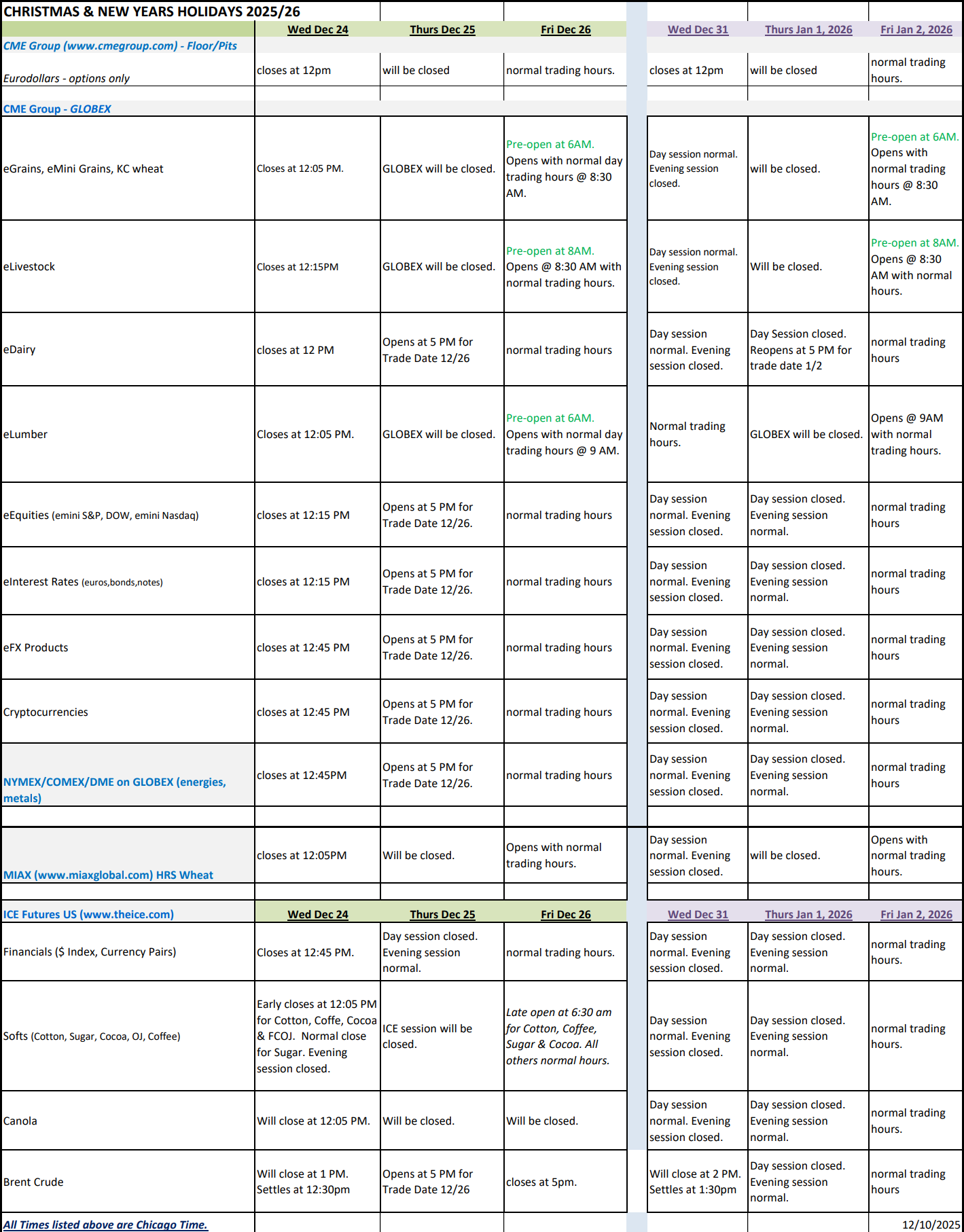This article on MACD Strategy is the opinion of Optimus Futures, LLC and is not intended to be trading advice.
Although moving averages can help us gauge trends, they aren’t really designed to give us specific entry points to go long or short. Some traders like to use two moving averages, a faster and a slower one, hoping that a “crossover” would be more effective in generating trade signals.
Sometimes it works. Sometimes, perhaps more often than not, it fails badly, producing lots of “whipsaw” movement.
There has to be a broader context from which to view crossover data. Hence, the Moving Average Convergence Divergence (MACD, pronounced Mac D)—a variation of the moving average crossover developed by Gerald Appel.
The MACD is a trend-following momentum indicator calculated using the difference between two exponential moving averages.
How is the MACD Calculated
MACD Line – The 26-period exponential moving average (EMA) is subtracted from the 12-period EMA. This calculation results in a value that oscillates above and below zero. A positive MACD indicates that the average price during the past 12 periods exceeds the average price over the past 26 periods.
Signal Line – The signal line is a 9-period exponential moving average of the MACD line.
MACD Histogram is the difference between the MACD line & the Signal line.
Figure 1.1 ES Daily Chart with MACD line (Blue line), Signal Line (Orange line) & the Histogram at the bottom of the chart. Source: Optimus Flow
The chart above shows that the MACD and histogram line have positive values whenever the 12-period EMA is above the 26-period EMA and negative values when 12-period EMA is below the 26-period EMA indicated by solid arrows.
Four MACD Trading Strategies
There are many ways in which a MACD can be used as an analytical and trading tool. We frequently see traders incorporate the MACD into their own trading strategy, sometimes developing novel ways to use the indicator.
Below are four common ways in which a MACD strategy is used to generate buy and sell signals.
MACD Strategy 1: Crossing of MACD and the signal line
When the MACD line (faster-moving average) crosses the signal line (slower-moving average) from below, a buy signal is generated; likewise, when the MACD crosses the signal line from above, a sell signal is generated.
MACD Strategy 2: Crossing the zero line
Buy and sell signals would be generated similarly to the 12-period EMA and 26-period EMA crossovers. But in this case, you would follow the histogram, paying attention to the zero line. Traders often wait for a combination of the MACD and zero line to initiate a long or short entry.
MACD Strategy 3: Overbought and oversold levels
Through experimentation, traders can use these levels as places to generate signals for price reversion to the central trend. Although the histogram may not be as effective as other oscillators designed to indicate overbought and oversold levels (such as the relative strength index or RSI), it can be used as such in combination with chart patterns or other indicators.
MACD Strategy 4: Divergence in price and MACD
Similar to the RSI, the MACD can be used to identify convergences. Positive divergence occurs when prices make a lower low, but the indicator makes a higher low. A negative divergence occurs when prices make a higher high, but the indicator makes a lower high.
An example of negative divergence is displayed in figure 1.2. Divergences should, at best, be treated as warnings for a potential reversal in the prior trend.
This example isn’t always clear, so we’ll provide an image below.
Figure 1.2 ES Weekly Chart – Source: Optimus Flow
One way a long-term trader can make use of the MACD indicator is shown in Figure 1.3, where buy and sell signals are generated by crossing of the MACD and the signal line. Note that this is a weekly chart; a time period that’s more appropriate for longer-term trading.
Figure 1.3 YM Weekly Chart, January 2020 to November 2020 – Source: Optimus Flow. Buy (blue) and sell (red) arrows are indicated by crossing the MACD line from below to above the signal line and the MACD line crossing from above to below the signal line.
As with most crossover strategies, these crossovers produce a lot of whipsaws during a sideways trend. The histogram (zero line) might make the trend signals a little clearer in contrast to using just moving averages, but you can still get caught in a sideways market. So, be sure to exercise caution.
However, when the market is trending, the MACD can generate reliable signals, making up for the false crossovers.
The Bottom Line
Overall, MACD strategies work best in trending markets, and it may be best to wait for price action to confirm the signal before taking a position.
Additionally, combining the MACD with other tools can help increase your odds of this being an effective strategy.
While it can be difficult to anticipate a sideways or trending market, using various other technical and fundamental tools can help you identify such conditions, increasing your likelihood for success.
There is a substantial risk of loss in futures trading. Past performance is not indicative of future results. Charting presentations and scenarios are presented as examples only and were prepared with the benefit of hindsight. This article is in offered for informational purposes only and is not intended as a solicitaation.







